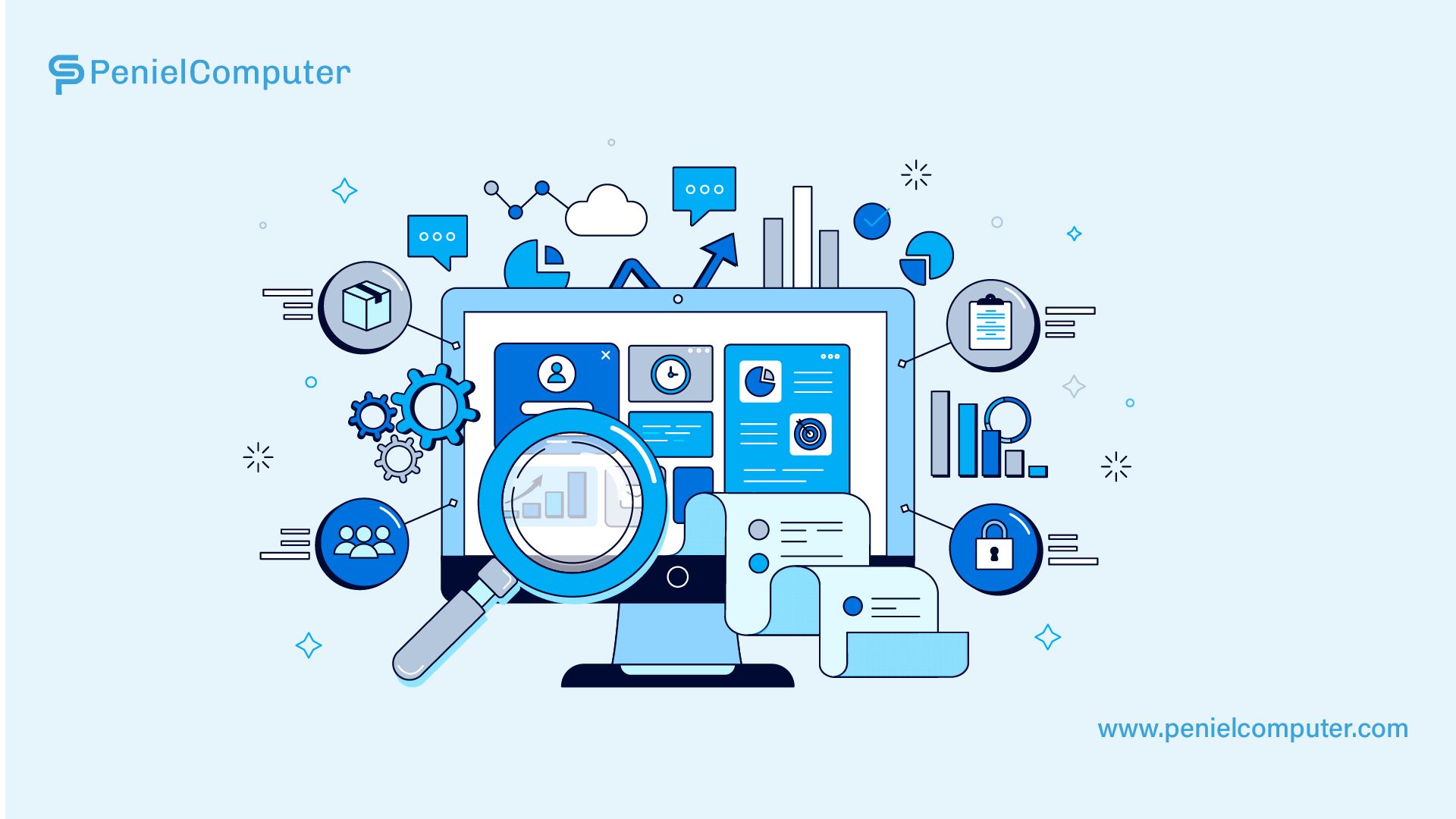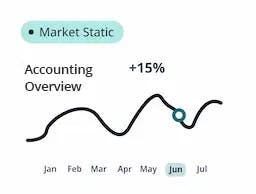
Peniel Computer
2024-01-16

Over the past twenty years, direct deposit has evolved from a workplace benefit to the predominant payment mode for most employees. Despite its widespread usage in payroll systems, not everyone possesses a comprehensive understanding of this payment method&pos;s specifics and intricacies. Digital and electronic payment methods, such as direct deposits through HR Software, offer heightened flexibility, convenience, and security, fundamentally transforming payment processes.
Contact us?
This approach has gained significant popularity in recent times, with approximately 82% of American workers receiving their wages through direct deposit.
What is a Direct Deposit?
Direct deposit stands as a convenient and efficient method of transferring funds electronically from one bank account to another. Widely adopted across various industries, it ensures timely receipt of regular income. Its popularity lies in its swiftness, often surpassing the processing time of traditional paper checks.
Facilitated by the Automated Clearing House (ACH) network, banks bundle and process multiple transactions, enabling the execution of direct deposits. When initiating direct deposit for a new employee, the setup process generally takes one to two pay cycles for completion. Once successfully established, the timing of fund transfers and availability during the scheduled pay cycle depends on the specific payroll software used and the submission timing of payroll.
While integrating direct deposit can streamline the payroll process, selecting the right HR software partner capable of managing the setup of direct deposit for employees is advisable.
How Does Direct Deposit Function?
The direct deposit process operates as follows:
Employers initially gather banking details, including employees' and vendors' bank account numbers and routing numbers. This information is typically collected during the onboarding process after an individual is hired.
For instance, suppose an employer disburses payroll on the 15th and the final day of each month. Generally, a day or more before payday, the company forwards its payroll instructions to its bank. Subsequently, the bank transfers this information to the Automated Clearing House (ACH). The ACH operator organizes the ACH entries and ensures that each instruction is appropriately directed to the respective financial institution for each employee's paycheck.
Upon receipt of the ACH instructions, the employees' banks process the payment and deposit the necessary funds into the employees' accounts.
Advantages of Direct Deposit
There are numerous benefits associated with utilizing payroll direct deposit, benefiting both employers and employees.
Streamlining manual processes:
Manual handling of compensation can be laborious and resource-intensive. Preparing paper checks, especially for large companies, is time-consuming. Direct deposit replaces manual methods with a more efficient, hands-off system.
Offering employee flexibility:
Opting for direct deposit often allows employees to designate both checking and savings accounts for their funds. This empowers employees to manage their financial well-being by automatically allocating funds to savings.
Cost-effectiveness:
Printing physical checks and covering expenses for postage and mail can accumulate significant costs. Direct deposit minimizes unnecessary administrative expenses and postage fees.
Environmentally sustainable:
In line with many companies' green initiatives, reducing paper usage by employing direct deposit is an environmentally conscious choice.
Setting Up Direct Deposit
While having a payroll service through an HR software partner simplifies the process, understanding the key steps involved can help navigate the setup more effectively.
Step 1: Select your direct deposit provider
Choose a direct deposit provider, which can be your business bank or payroll software offering direct deposit functionality alongside other HR and accounting features. These options facilitate electronic payment transfers, streamlining the process for efficiency and convenience.
Step 2: Initiate the direct deposit setup
If you opt for your bank as the provider, engage with them to discuss available options, pricing, and the setup procedure. You might need to sign their Automated Clearing House (ACH) terms and conditions, ensuring authorized payments only.
When using payroll or HR software, much of the setup process is integrated into the platform. Enter your business bank account details, which will be utilized for direct deposits. Also, complete any verification processes required by your payroll partner, usually via a confirmation email or similar method.
Step 3: Collect employee information
After initiating the direct deposit setup, gather the necessary details from your employees. They'll need to provide their bank account number, account type, bank name, etc. Additionally, employees should sign an authorization form, granting permission for electronic fund transfers. Customize the form to suit your business or utilize available streamlined forms.
If your HR software supports employee self-service, employees can log in and input required information into the software, including direct deposit authorization. This data syncs automatically with your payroll system.
Step 4: Input employee information into your system
Once you've collected all required employee information, input it into your payroll software following specific guidelines provided by your partner. Essentially, add details from the direct deposit authorization form to your system.
Step 5: Establish direct deposit and payroll schedule
After entering employee details and completing the authorization, prepare for direct deposit initiation. Allow some time for setup completion before the official start. Ensure alignment between the pay schedule and direct deposit timing, communicating this to employees and your payroll provider, with a cutoff date for sufficient payroll processing time via direct deposit.
Step 6: Process payroll
With all setup steps completed and direct deposit activated, initiate payroll as scheduled. Adhere to the established timeline, and employees will receive their salaries via direct deposit.
For future payroll runs, direct deposit payments for employees will be automatically initiated. Seek assistance from your payroll provider in case of any process-related issues.
Uses of Direct Deposits
There are numerous advantages associated with using Direct Deposits. Let's explore a few of them:
Cost Efficiency
Direct deposit can lead to substantial cost savings for businesses by reducing overall corporate payroll expenditures. Leveraging payroll or HR software equipped with direct deposit capabilities streamlines the payroll process, eliminating the need for printing, distributing, and manually handling paper checks. This not only saves time but also cuts down expenses.
Fraud Prevention
Direct deposit serves as a secure payment method, aiding businesses in mitigating the risk of check fraud. Paper checks are susceptible to theft, alteration, and forgery, posing potential financial risks. By employing direct deposit through secure payroll software, businesses ensure the integrity of salary payments, minimizing the likelihood of fraudulent activities and safeguarding sensitive employee data.
Enhanced Security
Based on a survey by Nacha, 80% of individuals receiving their salaries through Direct Deposit rated it highly trustworthy, giving it a score of 8, 9, or 10 out of 10. Undoubtedly, direct deposit offers heightened security for both employers and employees. Digital generation of paystubs via payroll or HR software reduces the risk of lost or misplaced paper paystubs. Additionally, utilizing secure systems and employee self-service portals within payroll software further bolsters data protection and confidentiality.
Paper Reduction
Implementing direct deposit significantly reduces reliance on paper checks in the payroll process. This helps businesses minimize administrative burdens and costs linked to printing, distributing, and storing paper checks, fostering a more environmentally conscious payroll system.
Timely Payments
Direct deposit ensures punctual and accurate wage payments to employees. With payroll software, businesses can automate the pay cycle, guaranteeing timely employee earnings, and eliminating delays associated with physical checks and potential mail delivery issues.
Convenience and Flexibility
One of the primary advantages of direct deposit is the convenience and flexibility it provides to employees. Through employee self-service portals within HR software, employees can easily access their pay stubs online, gaining immediate access to their earnings information.
The bottom line
Automated payments offer greater convenience compared to paper checks. Even with mobile check deposit technology eliminating the need to visit a bank for deposits, waiting for the arrival of a paper check before depositing it remains necessary. Moreover, deposited paper checks might require additional time before being processed and cleared in your account. Direct deposited funds, on the other hand, become available immediately.
Reducing paper waste also benefits the payee. Instead of storing years' worth of old paper pay stubs in an overflowing file cabinet, electronic records can be stored digitally.
Furthermore, direct deposits expedite transactions significantly. Unlike waiting for paper checks to arrive, be deposited, and clear the bank, direct deposits swiftly and efficiently transfer money to the recipient, leading to quicker clearance of transactions.
With Elate HRMS Software, you can streamline your Payroll Management. Establish a robust foundation while efficiently managing payroll processes. Automate routine tasks and gain deeper insights into employees' financial data.
Latest News
From Our blog and Event fanpage




